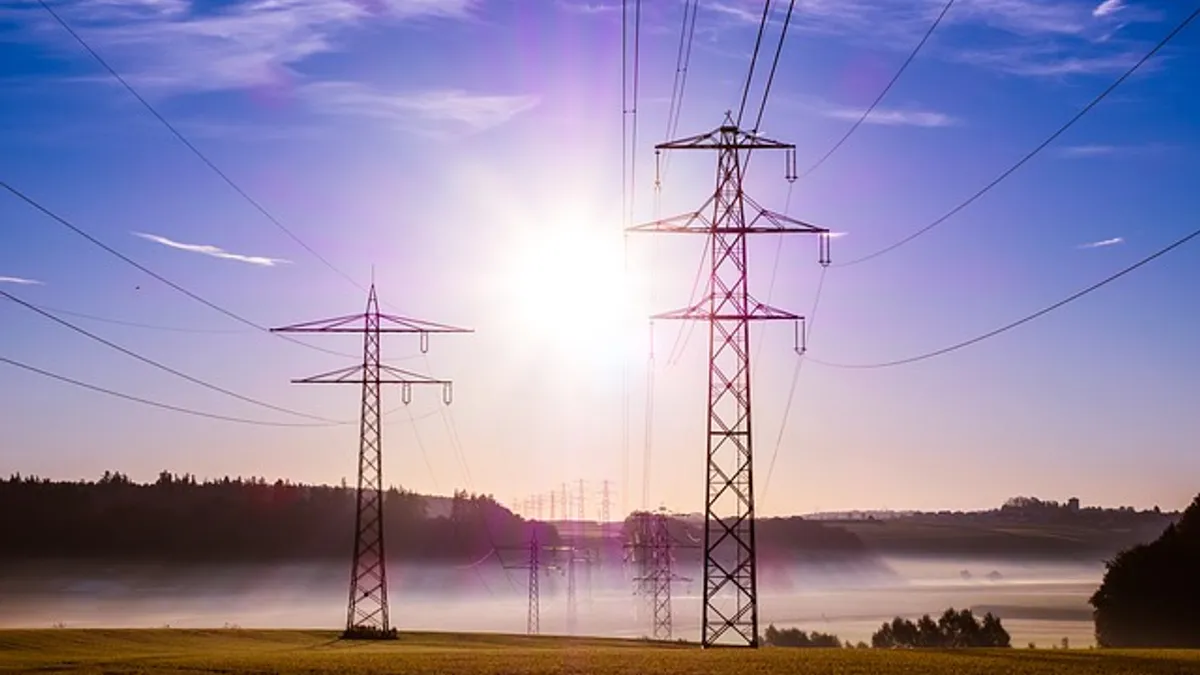With wholesale power prices remaining low across the country, it’s logical to assume that your organization will enjoy a lower overall electricity bill, too. However, many businesses are finding quite the opposite. In a recent discussion about power markets, Direct Energy Business President John Schultz offered insight into two factors that are driving up electricity costs for business consumers.
In most U.S. markets, power is inexpensive, averaging about three cents per kilowatt hour in the largest U.S. cities over the past year. Yet, the average electric bill for a commercial business has risen 8% over four years. With many commercial consumers spending thousands of dollars on electricity each month, a seemingly small climb can represent hundreds or thousands of dollars.
Why the rise?
“The first [reason] is the subsidies,” Schultz says.
Energy generators that can’t earn a reasonable rate of return are overwhelmingly seeking federal and state incentives to stabilize operations. Wind, solar, nuclear, and coal, among other industries, largely rely on substantial direct or indirect support.
“[Subsidies] have to be paid for somewhere, so they are showing up in the bill. It might not be the energy portion of the bill, but consumers are paying those subsidies for generation, and they are showing up on the end-use bill.”
The second culprit of rising energy bills are transmission, distribution, and other mandatory fees. In the past, when supply costs accounted for 70% or more of the total bill, choosing a low kilowatt hour supply price was a smart move. But today, when supply costs may make up only 50% of the bill, managing mandatory fees has become equally important to the price per kilowatt hour.
U.S. utilities are making sizable investments to upgrade old and failing infrastructure, and the size of these investments have tripled and quadrupled over the past two decades. Not surprisingly, utilities pass these costs on to consumers in the form of mandatory fees, usually included as part of the transmission and distribution line items on the bill.
Unfortunately for consumers, mandatory charges are likely to remain high.
“In some markets today, almost half of the bill can be attributed to these charges, and that is unlikely to change,” Schultz remarks. “So, we have this ironic scenario where we have cheap wholesale electricity, but the business community is not really seeing that impact.”
Learn about solutions from Direct Energy Business that can reduce the year-over-year costs of mandatory fees, or call (855) 399-9741 to speak to a knowledgeable representative.










